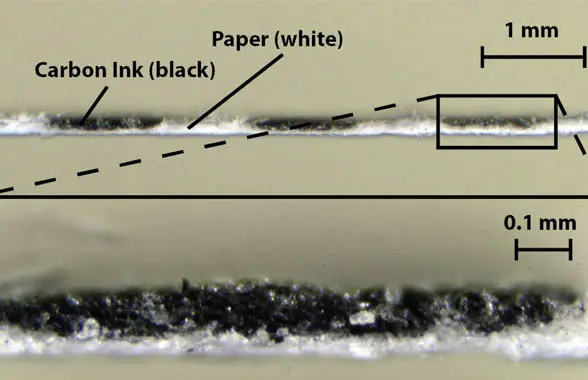
Researchers at Imperial College London have developed low-cost NFC-based spoilage sensors for meat and fish packaging that could be in supermarkets within three years and help to reduce the amount of still safe to eat food that UK consumers throw away each year because it has reached its sell-by date.
The paper-based electrical gas sensors (PEGS) are made by printing carbon electrodes onto cellulose paper. They are then integrated into the food packaging.
The sensors — which cost 1.5p (US$0.02) each — are attached to a commercial NFC chip costing about 10p (US$0.13) per unit, Imperial Department of Bioengineering lecturer Dr Firat Güder told NFCW.
To read the information about the spoilage gases such as ammonia and trimethylamine detected by the sensors, the user holds their smartphone to the packaging.
“Currently the sensors are integrated into an NFC chip as a parallel impedance element,” Dr Güder explained.
“When the concentration of the gases in the package increases, the impedance of the sensor decreases, hence a substantial percentage of the current goes through the sensor instead of the chip and the chip/tag stops working.”
He added that the chips would be further refined: “In our very first implementation, we have implemented an on/off type of NFC device but in the future, we will develop a more quantitative system in which we get a number that is related to the concentration of the gases inside the package.”
According to Dr Güder, the tags are the first commercially viable food freshness sensors.
“Although they’re designed to keep us safe, use-by dates can lead to edible food being thrown away. In fact, use-by dates are not completely reliable in terms of safety as people often get sick from food-borne diseases due to poor storage, even when an item is within its use-by,” he said.
“Citizens want to be confident that their food is safe to eat, and to avoid throwing food away unnecessarily because they aren’t able to judge its safety.
“These sensors are cheap enough that we hope supermarkets could use them within three years.”
A short video (silent) shows the sensor and NFC tag in action:
Next: Visit the NFCW Expo to find new suppliers and solutions